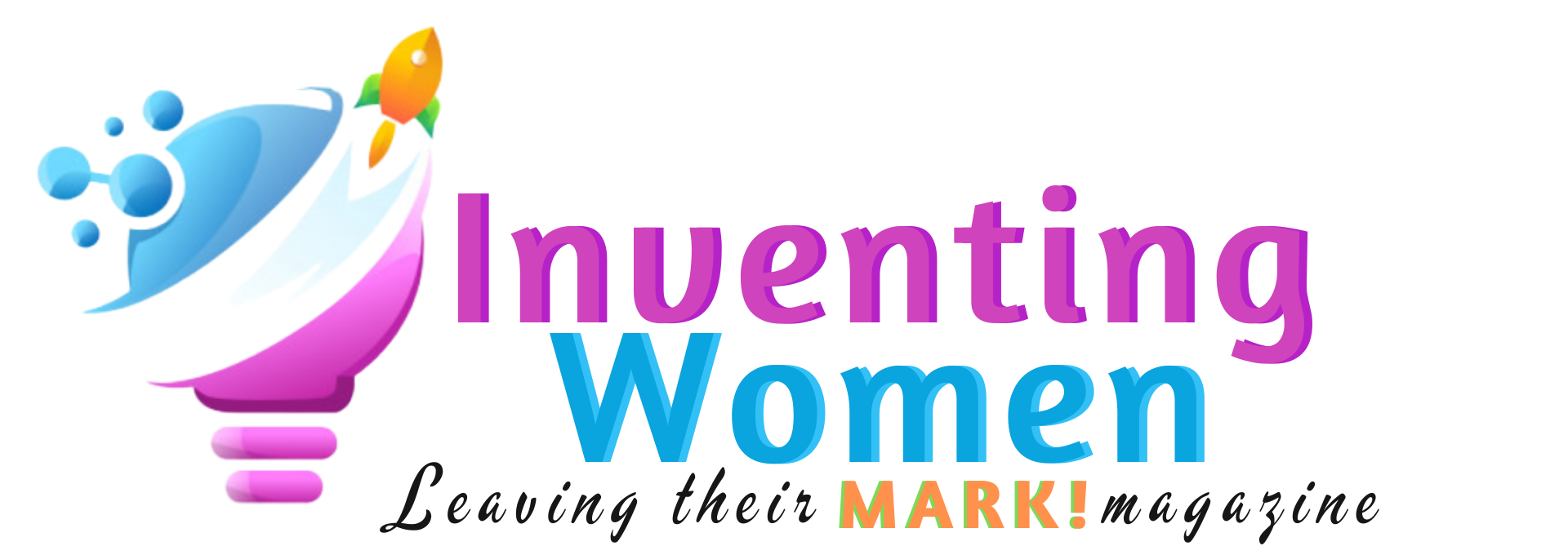A patent is a legal document granted by a government to an inventor or assignee, providing them with exclusive rights to their invention for a certain period of time. This exclusive right allows the patent holder to prevent others from making, using, selling, or distributing the patented invention without their permission.
Patents are typically granted for new and useful inventions or discoveries that are novel and non-obvious. These inventions can span a wide range of fields, including technology, machinery, processes, chemicals, pharmaceuticals, and even design aesthetics. Patents are a way to encourage innovation by providing inventors with a limited monopoly over their creations, allowing them to recoup their investment and potentially profit from their ideas.
To obtain a patent, an inventor must submit a patent application to the appropriate government agency, such as the United States Patent and Trademark Office (USPTO) in the United States. The application must include detailed descriptions of the invention, along with any necessary drawings or diagrams. The application is then subject to examination to determine if the invention meets the criteria for patentability.
Patents are typically granted for new and useful inventions, processes, machines, manufactured items, and certain types of compositions of matter. To be eligible for a patent, an invention must meet certain criteria, including being novel (not previously publicly disclosed), non-obvious (not an obvious improvement over existing technology), and useful (having a practical application).
The purpose of patents is to incentivize innovation by providing inventors with the opportunity to reap the benefits of their creations. In exchange for disclosing their invention to the public, inventors are granted a limited monopoly for a set period, which varies depending on the type of patent and the country’s laws (usually 20 years from the filing date). This exclusive right allows the patent holder to control how the invention is used and to potentially license the technology to others.
It’s important to note that obtaining a patent requires a formal application process, including a detailed description of the invention and often a demonstration of its novelty and non-obviousness. Patents are typically issued by national or regional patent offices, and the rights they confer are limited to the jurisdiction in which they are granted.
If the patent application is approved, the patent is granted, and the inventor gains the exclusive rights to their invention for a specified period, which is usually 20 years from the filing date of the application (though this can vary depending on the type of patent and jurisdiction). During this time, the patent holder can enforce their rights through legal means if others attempt to use the patented invention without permission.
It’s important to note that patents are a form of intellectual property protection, and they can be complex legal documents. If you’re considering obtaining a patent or dealing with patent-related matters, it’s advisable to consult with a qualified patent attorney or intellectual property professional to navigate the process effectively.











